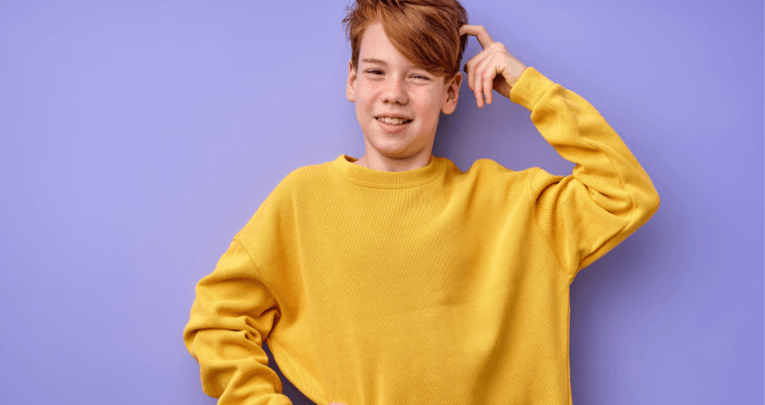Problem-solving skills – six ways to teach them to your class

There’s a lot to be said for subject-specific knowledge, but these soft skills will support children across the curriculum

- by Hannah Day

1. Create strategic thinkers
If we want pupils to be able to really dissect a problem, then they need to think in nonlinear ways.
To develop this, give children situations where there are many different options and outcomes, all with their own merits and downsides.
For example, ask them to order the day’s lessons: is it best to get some subjects finished first? Do some activities naturally follow others?
Do different children offer different orders? List the benefits and drawbacks for the planned timetables and pupils will see that one question can have many answers.
2. Build empathy
Schools do incredible work here already, and much of it you may well do yourself.
Often though, the link between feelings and their physical manifestations are not made clear.
Start by linking emotions to how they feel for the person experiencing them; anxiety with a stomach-ache or embarrassment with a hot feeling.
Then look at how these feelings seem to others, and role-play the children’s responses. Get one child to act out a feeling, and another to guess the feeling and react in a supportive way.
Finally, ask the first pupil to explain how the reaction made them feel.
3. Make skilled negotiators
Negotiating isn’t about winning an argument; it’s about resolving conflict through dialogue.
Give pupils scenarios in which they and their partner have different aims. The aim is to resolve the situation with both members achieving and conceding some of their goals.
Practical scenarios work best. For example, ask them to plan out a day, and give them a time frame, budget and a different list of activities each.
Add to the list the cost and time involved for each activity. Ask the children to come up with a plan for the day that features elements from both lists. The fairest day wins a prize, showing that give and take has its rewards.
4. Increase creativity
Open-ended ended tasks allow children to trial a range of solutions and test their thinking.
First, set them a task they can practically complete and assess, such as creating a raft that allows a stone to float in water.
Then give them the parameters, in this case a collection of material, some intentionally unsuitable.
Ask them to draw a plan and to rationalise why they think it’s the best solution. Build the raft and test. You can also use far simpler tasks, such as free drawing.
Again, give pupils parameters; for example, if you are studying the Antarctic, ask them to design an animal that would survive in the extreme cold.
Ask children to draw their creature and explain which features their animal has and why. The aim is for pupils to pick from many options, and to be able to justify their choices.
5. Encourage conflict resolution
Conflict is part of life, but it doesn’t need to be acrimonious, just a case of different views or needs being considered and resolved.
Improvisation is a powerful tool when developing these skills. In pairs, give children scenarios that will lead to conflict, give the scenario in three steps, each one building on the other and becoming more strained.
At each stage ask pupils to say how the conflict could be resolved or compromised on. Explain that is in stages because conflict can be resolved at various points.
If you’ve missed one good opportunity to take the heat out of a situation, it doesn’t mean all is lost.
6. Develop common sense
Sometimes overlooked as ‘obvious’, common sense is essential, and comes from lived experience, observations and reflections.
Getting your class to reflect will help them to make better choices next time. This can be done through stories where are you can pick out moments of the narrative, particularly a moment before something goes wrong, and ask pupils to come up with an alternative ending.
The stories might not be as exciting without the jeopardy, but children will see how choices change outcomes and just how many choices they have.
Books such as Oh no, George! by Chris Haughton can help illustrate the process.
Hannah Day is a secondary school teacher, specialising in creative education, based in the West Midlands.











